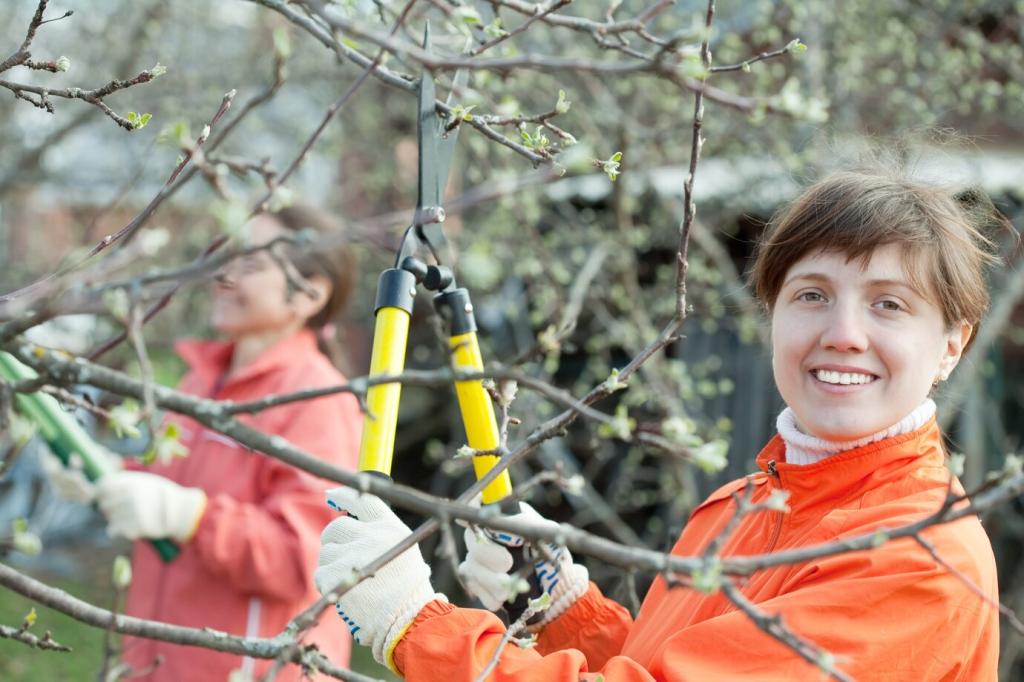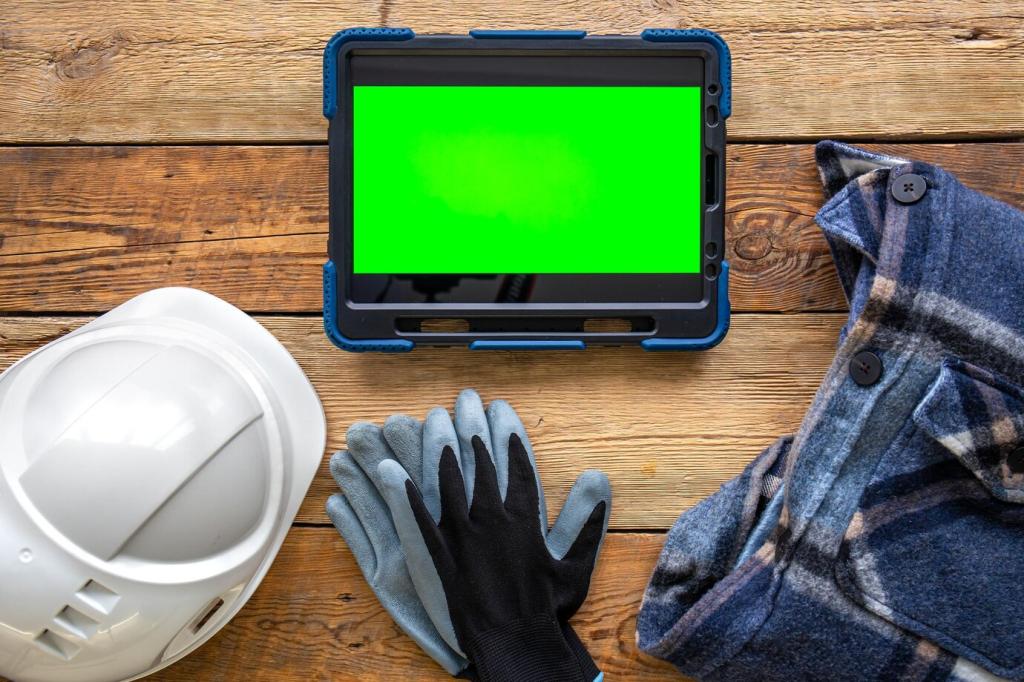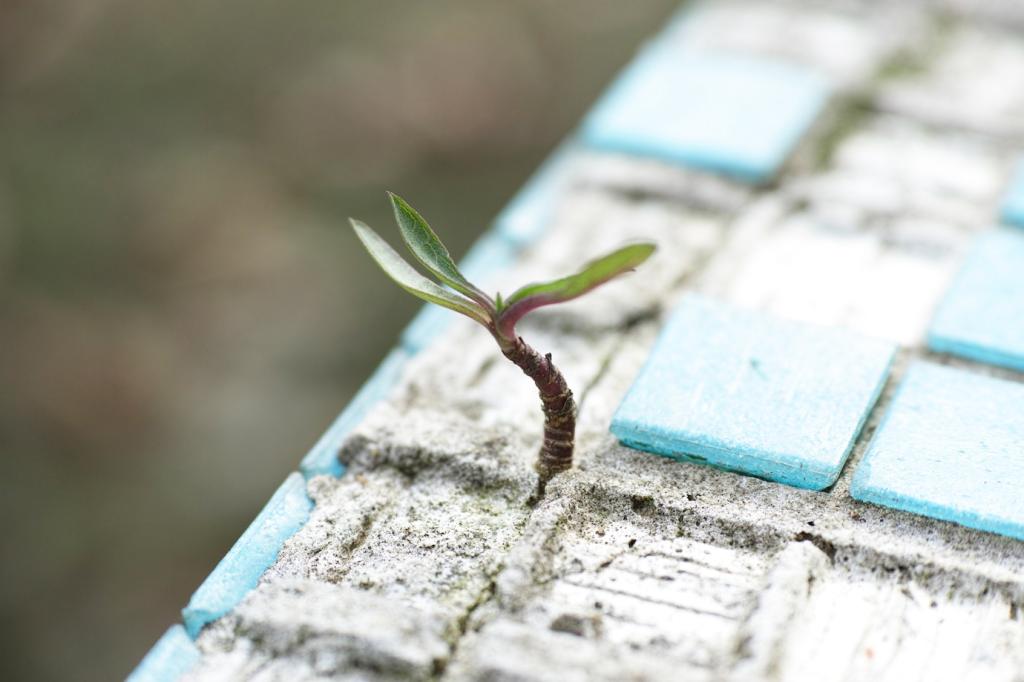
Green Methods for Maintaining Outdoor Furniture
Chosen theme: Green Methods for Maintaining Outdoor Furniture. Welcome to a fresh, planet-friendly way to keep your patio pieces clean, protected, and beautiful without harsh chemicals or waste. Explore smart routines, simple recipes, and real stories that prove sustainability can be effortless and stylish. Join in, share your tips, and subscribe for more eco-minded ideas.
Gentle, Plant-Based Cleaners
Swap harsh detergents for pH-balanced, plant-based soaps derived from coconut or olive oils. They lift grime without stripping wood oils, dulling metal finishes, or harming nearby soil. Test in a hidden spot, wipe with soft cloths, and let the sun do the final drying. Share your favorite brands and routines with our community.
DIY Pantry Solutions That Work
A simple mix of warm water, a splash of white vinegar, and a teaspoon of mild soap can tackle pollen, dust, and everyday spills. For stuck-on spots, sprinkle baking soda and gently scrub with a soft brush. Never mix vinegar and hydrogen peroxide together, and always rinse thoughtfully to protect garden beds.
Water-Smart Rinsing and Greywater Use
Use a bucket and spray bottle rather than a hose to cut water waste dramatically. Direct rinse water to non-edible shrubs if your cleaner is safe and biodegradable. Collect greywater from final rinses for scrubbing decks, and sweep first to avoid washing away leaves you could compost instead.
Protecting Surfaces Sustainably
For hardwoods like teak or acacia, choose responsibly sourced tung or polymerized linseed oil. Apply thin coats with a lint-free cloth, allow full curing between layers, and buff lightly. This nourishes fibers, repels moisture, and highlights grain without the heavy odors of solvent-laden products.

Textiles and Cushions the Eco Way
01
Blot spills quickly, then pre-treat with diluted castile soap. For oily marks, sprinkle baking soda, wait, and brush away before washing. Cold water helps set fewer stains than hot. If covers are removable, wash on gentle with eco detergent and air-dry flat to retain shape.
02
Flip cushions regularly and stand them on edge after rain to release trapped moisture. Create airflow gaps with slatted racks or a simple drying frame. A weekly shake keeps spores at bay. Tell us your post-storm routine, and subscribe for a printable checklist that fits your setup.
03
Instead of discarding faded textiles, try natural dye refreshes using avocado pits for blush tones or onion skins for warm golds. Always pre-wash, test swatches, and finish with a sun-safe rinse. Small color revivals make entire seating areas feel new without buying new.
Repair, Upcycle, and Extend Life
Tighten screws and replace rusted hardware with stainless or coated alternatives. Use a manual screwdriver for control, and add a dab of plant-based wax to stubborn threads. A quarterly inspection prevents wobbles from becoming breaks. Share your go-to small fixes that made a big difference.


Repair, Upcycle, and Extend Life
Re-web torn seats with recycled polyester or bio-based fiber straps. Measure precisely, pre-stretch gently, and weave with even tension for comfort. This simple afternoon project can save a chair from the curb while adding a custom pattern that suits your outdoor palette perfectly.
Seasonal Routines and Storage
Sweep, dust, and wash with gentle soap to clear pollen. Inspect joints, touch up sealers, and add new felt or rubber pads. Refresh fabrics with an air-dry day. Post your spring ritual in the comments so neighbors can borrow ideas and build greener habits together.

Mold, Mildew, and Pests the Green Way
Green Antifungal Sprays and Practices
Use a diluted white vinegar spray for light mildew, allowing contact time before rinsing. Tea tree oil in water can help on stubborn spots, but spot-test first. Improve airflow and sunlight exposure to discourage regrowth. Never mix incompatible cleaners, and wear gloves for long sessions.
Design for Dryness and Clean Lines
Space furniture a few inches from walls, avoid ground contact on grass, and trim plants that constantly brush surfaces. Redirect sprinklers away from seats and tables. Good design reduces maintenance dramatically, proving prevention is the greenest cleaner you will ever use at home.
Safe Disinfection Facts and Tips
Hydrogen peroxide at household strength breaks down into water and oxygen after use, making it handy for targeted sanitizing on non-porous parts. Apply, allow a short dwell time, then rinse. Keep it separate from vinegar, and store out of sunlight to retain potency over time.

A Simple Maintenance Journal
Keep a notebook or phone checklist with dates for cleanings, oiling, and sealer touch-ups. Add notes about weather impacts and product performance. This tiny habit prevents overuse, saves supplies, and turns care into a quick, satisfying ritual instead of a forgotten chore.

Share Tools, Swap Know-How
Start a neighborhood tool library for soft brushes, sanders, and shade sail hardware. Exchange leftover eco finishes and spare fabric scraps. You will reduce waste, save money, and meet people who love outdoor spaces as much as you do. Tell us if you start one.

Join the Conversation and Subscribe
What green cleaning recipe saved your chairs after a muddy barbecue or a dusty heatwave? Drop your story, ask questions, and subscribe for upcoming guides on sustainable outdoor living. Your ideas shape our next posts and help fellow readers care for their spaces kindly.
